Whenever you replace your front door, one of the most challenging details to get right is the sense that the new door belongs on the house. You want it to feel cohesive and intentional.
That’s because the front door of a house is the face you show the world. Every guest walks through it, and you’ll interact with it on a daily basis. So if it doesn’t fit with your overall architectural design, you’ll really notice. The wrong door stands out more than most other elements because of its everyday use and its symbolic weight.
But if that makes you nervous, take a breath—it's easier to get right than you realize. All you need is a healthy understanding of your home’s design style and how to work with it.
Step 1: Define your home’s architectural style
The key features that determine your home’s architectural style are the materials used, roof style, windows, doors, and number of stories. In some cases, the architecture style can also refer to a specific time when the house was constructed. For instance, Victorian homes are named that because they were built in the Victorian era, which spans from 1837-1901. But they also have certain defining design characteristics alongside their year of origin.
There are a lot of residential architecture styles—too many for us to go over in detail here. But these are the most common styles for our custom door clients.
Craftsman

Very common throughout the state of California, Craftsman architecture is one of the most distinctive residential design styles. Originating from the British Arts and Crafts movement, this design style was popularized by furniture designer Gustav Stickley in his magazine The Craftsman. Then, it was perfected by the Greene & Greene architecture firm, who designed residences throughout California. Craftsman style homes feature low-slung gabled roofs, front porches and tapered columns. They are made with real materials like wood and stone, reflecting the return to artisanal craftsmanship that’s core to the Arts and Crafts movement.
Bungalow

Another style originating in California, these one-story houses also have low-pitched gabled roofs and covered porches like Craftsman homes. They became popular throughout the West and Midwest, making them one of the most common residential styles especially for first-time homeowners.
Cape Cod

One of the oldest American residential architecture styles, Cape Cod homes are common throughout the suburbs. These homes are one and a half stories, with shingle siding, shutters, and a doorway centered on the front facade.
Colonial

These rectangular structures feature dormers, a roofed structure that projects vertically from a pitched roof. Compared to Cape Cods, Colonial homes are more often rendered in brick.
Ranch House

A combination of elements from Spanish, Craftsman, and Prairie homes, the ranch house is emblematic of mid-century suburbs. One-story with a pitched roof and picture windows, the other main feature of a ranch house is a built-in garage.
Spanish Eclectic

Seen throughout the Southwest, California, and Florida, Spanish-style architecture is influenced by Spanish missions. Red tiled-roofs, stucco walls, decorative tiling, and rounded doors and windows are all commonly seen in Spanish-style homes.
Victorian

Dating from the reign of Queen Victoria (1837-1901) this design style has a lot more ornamentation than you’ll find in most other architecture styles. Features include a steeply pitched roof, turrets, painted iron railings, ornamental gables, round towers, and sliding bay windows. Stained glass windows are also common.
Mid Century Modern

These homes are an expression of the modernism design movement. First appearing in the 1930s, this style features clean lines, functionality, minimal ornamentation, and materials like concrete and steel. Mid-Century Modern refers to homes built in this style around the mid-twentieth century. Homes built in this style after 1970 may be referred to as contemporary.
Step 2:Pair your door type with your architectural style
Traditional Entry Doors

With flat or raised panels and symmetrical designs, traditional entry doors are versatile enough for a range of design styles. When rendered as Dutch doors, they look slightly more rustic.
Best for: Cape Cod, Colonial (including similar styles like Federal and Georgian), farmhouse, and Victorian homes.
Craftsman Doors

Craftsman style doors are similar to traditional doors, but usually feature glass panels. White Oak or Sapele Mahogany are classic materials choices for this door type.
Best for: Prairie, Craftsman, Bungalow, and Monterey style homes.
Modern Front Doors

Modern doors are typified by flush panels (which may also be called 'full thickness panels') or frameless designs. Asymmetry is common with modern front doors, as is the extensive use of glass. Pivot doors in general feel more modern, too.
Best for: Modern, MCM, and Contemporary homes.
Round Top Doors

With their Old-World whimsy and romantic feeling, round top doors are experiencing a major resurgence. They work best on older-looking homes in general. When rendered in a frameless, more modern style, however, they can also add an appealing hint of softness to a more contemporary exterior.
Best for: Spanish Eclectic, Ranch, or Tudor homes.
Step 3: Choose your materials and/or paint color
Traditional architectural styles tend to have door colors that are dark and conservative, like forest green, burgundy red, or navy blue.
Modern styles tend to suit lighter neutrals, or potentially a bright color—but only if that feels right for you. Your door is meant to outlast trends, so choose a paint color that makes you feel good when you see it—and that fits with the rest of the materials on your facade.
However, if your door faces South or West without a sufficient overhang, you may want a lighter color to prevent heat damage from the sun. Check out our post about choosing a front door paint color.
As for wood species, this is where things get slightly complicated. For one thing, some popular wood species for historical design styles (like Victorian or MCM) are now very scarce or even extinct. Plus, your regional weather conditions also play into the wood species that’s best for you.
So our advice is to focus on regionally suitable woods, and then stain your door to your desired color tone.
Step 4: Attend to the finishing touches

Hardware design and finish color matter here. An angular matte black handle set might be trendy, but it won’t work with many traditional design styles, like Tudor, Victorian, or Cape Cod. Likewise, classical hardware in polished brass looks deeply out of place on a door and a facade that’s ultra-modern, or even Craftsman. There are a few hardware finishes, like Satin Nickel and Dark Bronze (also called Oil-Rubbed Bronze by many hardware manufacturers), that are relatively versatile. As a rule of thumb, rounded or curved hardware is more traditional, while rectangular elements will read more modern or contemporary.
Step 5: Consult a designer if you still aren’t sure
We’re happy to help you find the best door design for your door. Our design consultants can suggest existing designs that work for your home, or help you create a custom design. Email us at sales@realcraft.com or call us at (253)-853-3815 and we'll guide you.

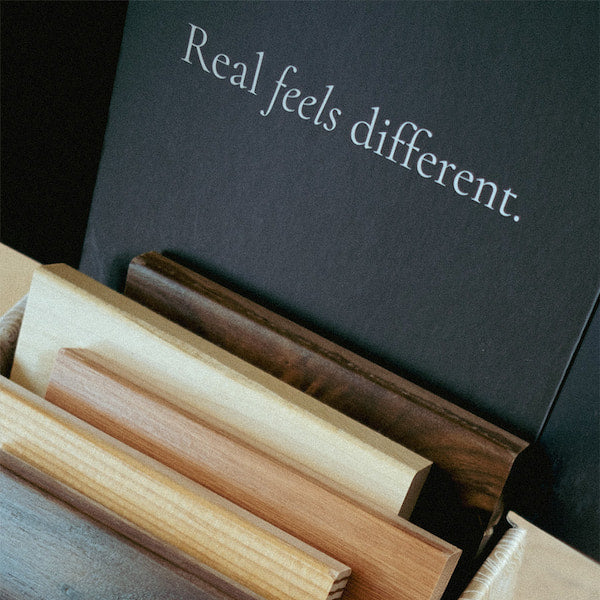
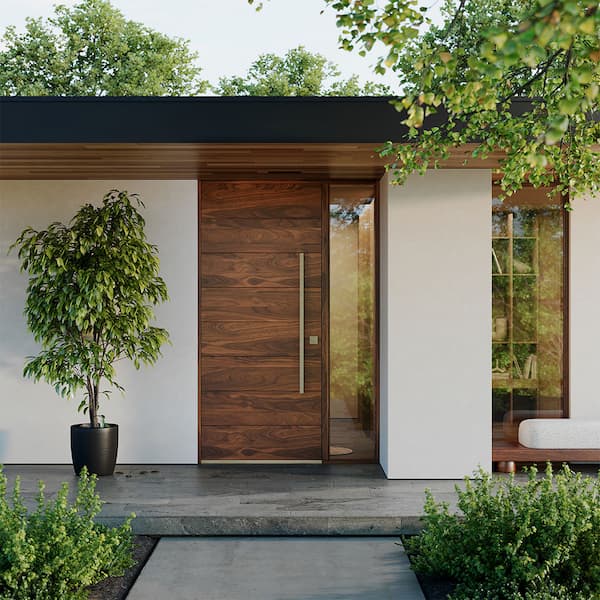


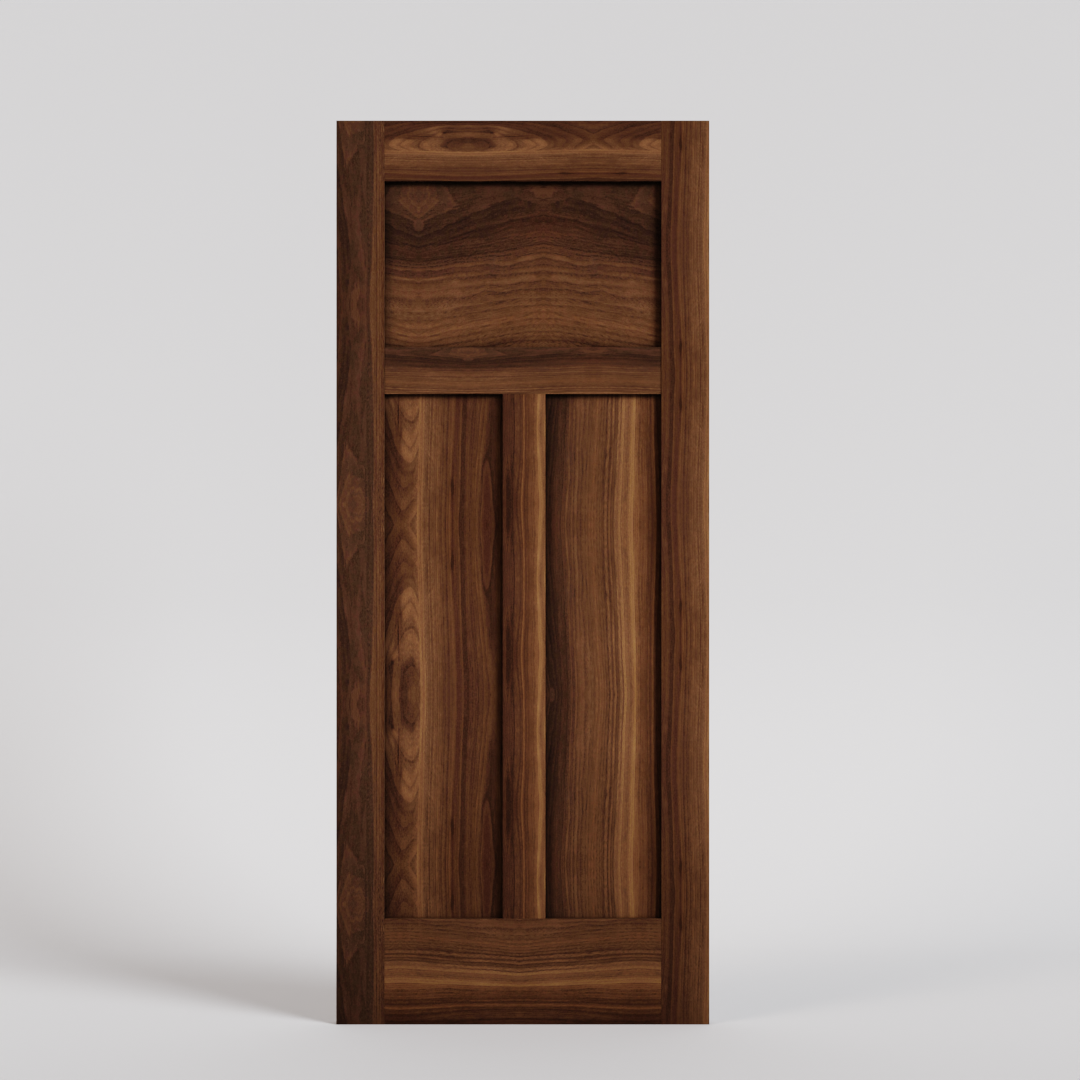
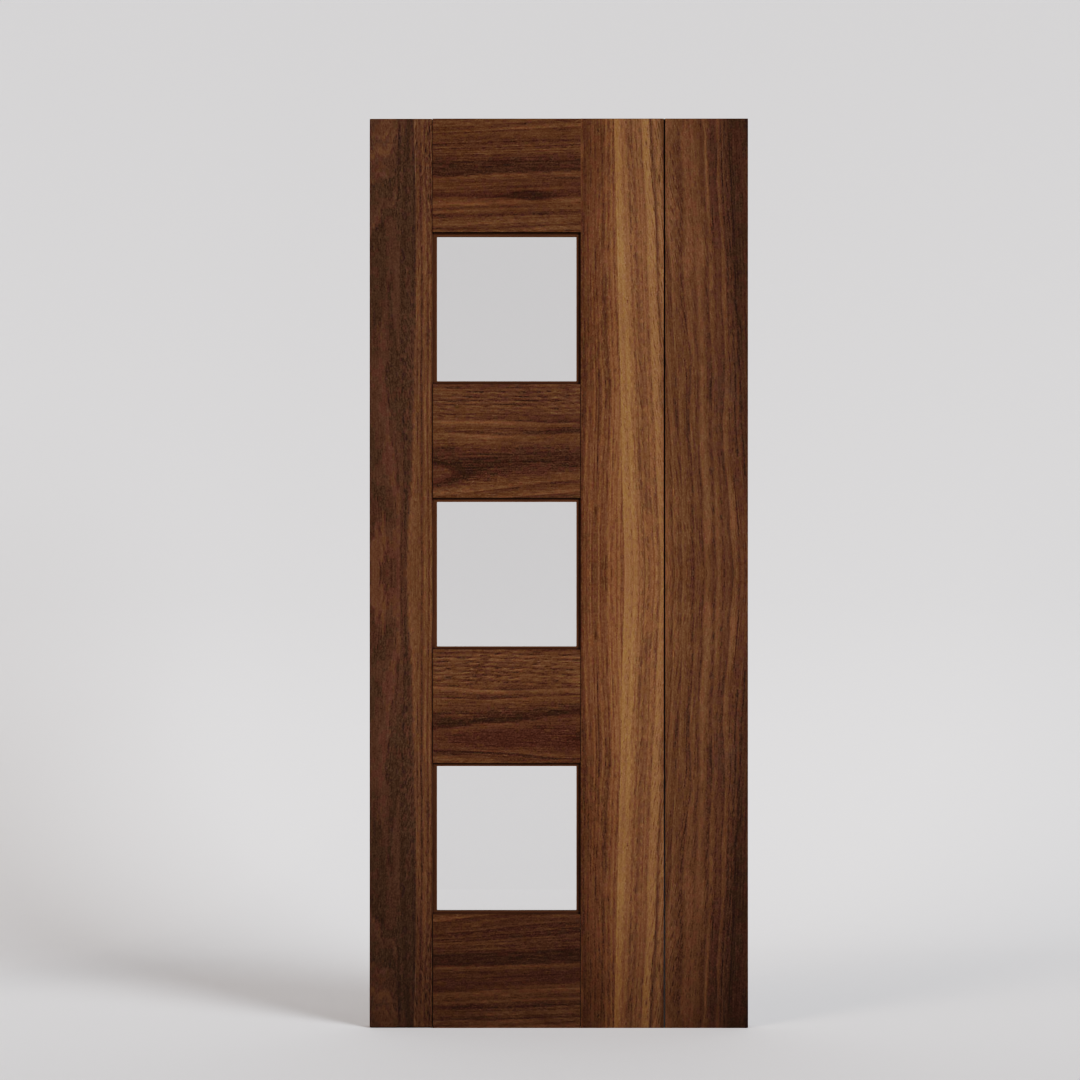
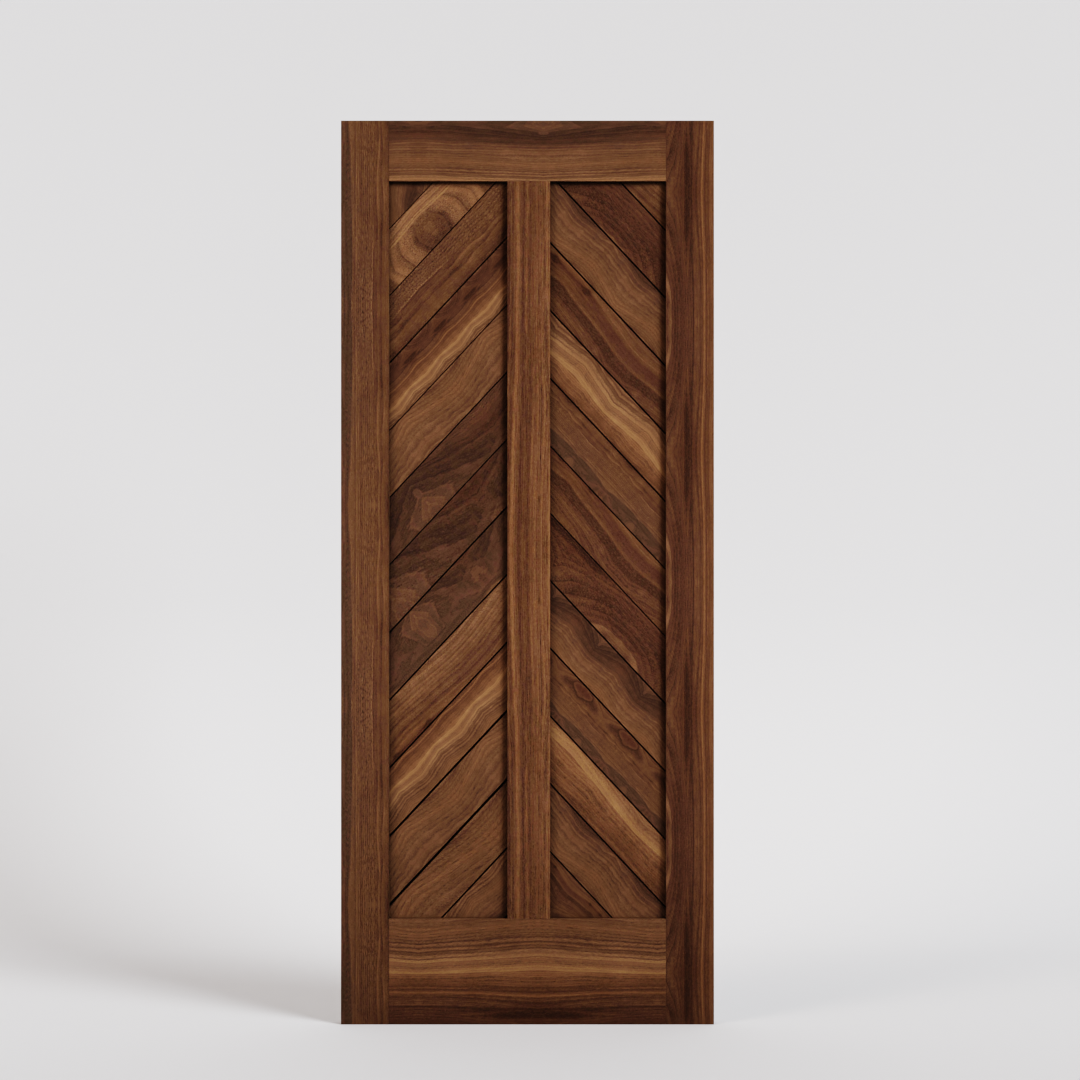
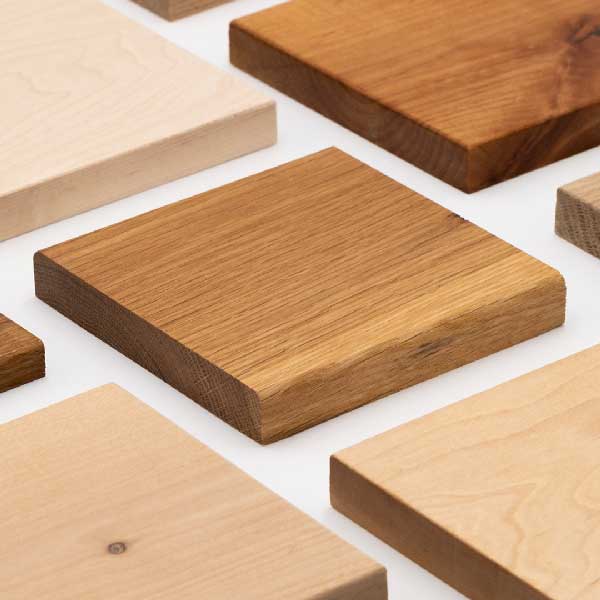

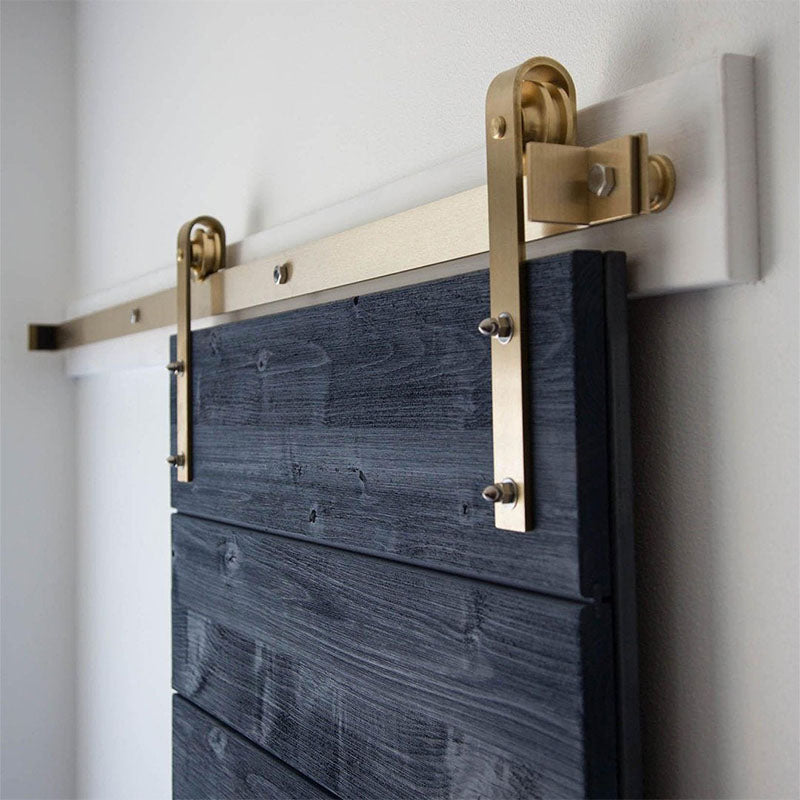
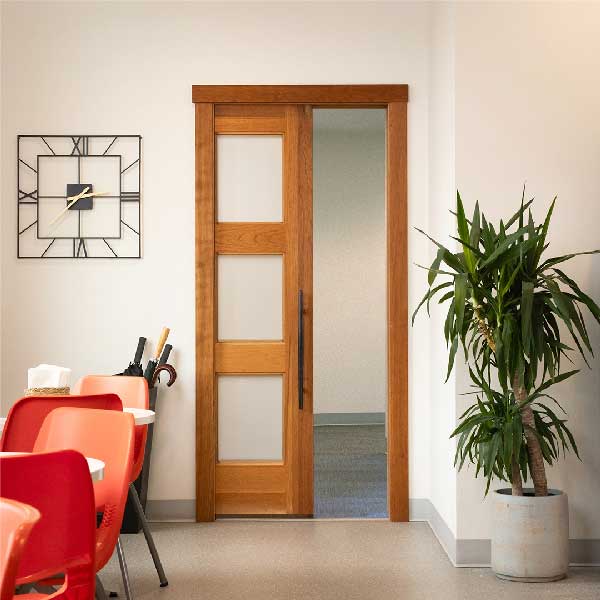
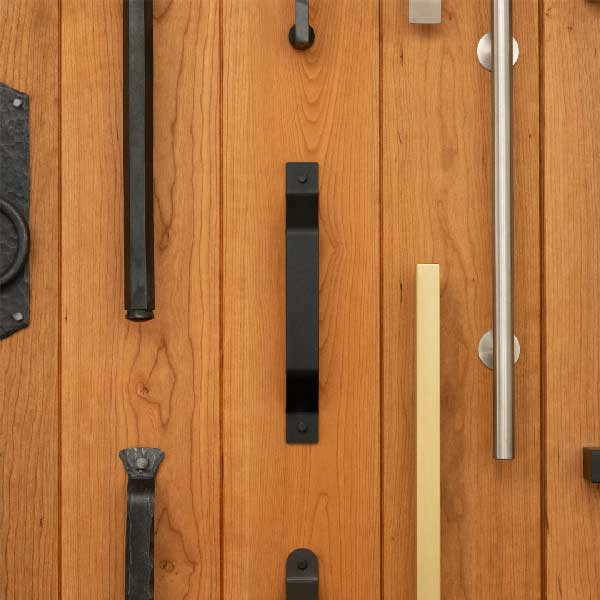
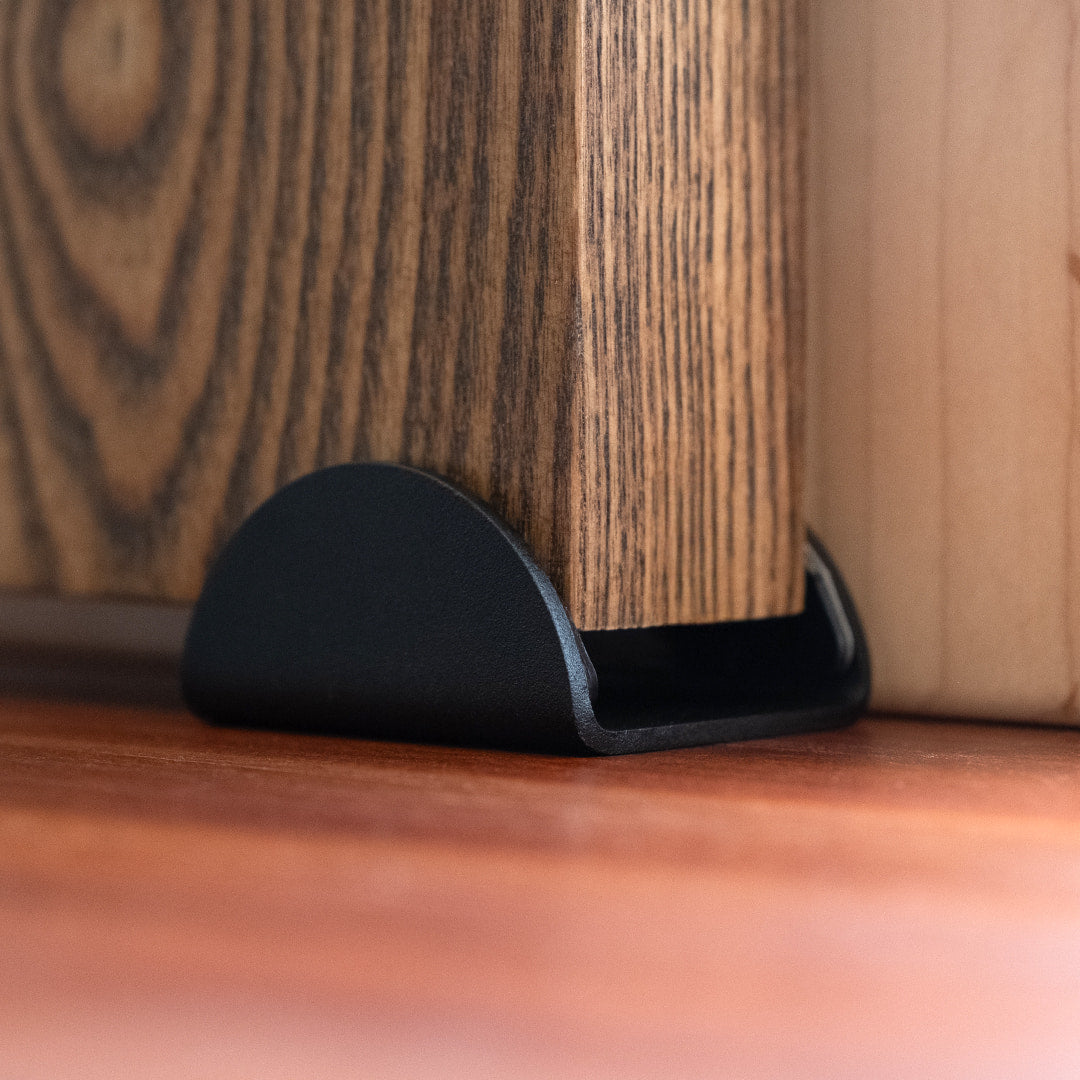
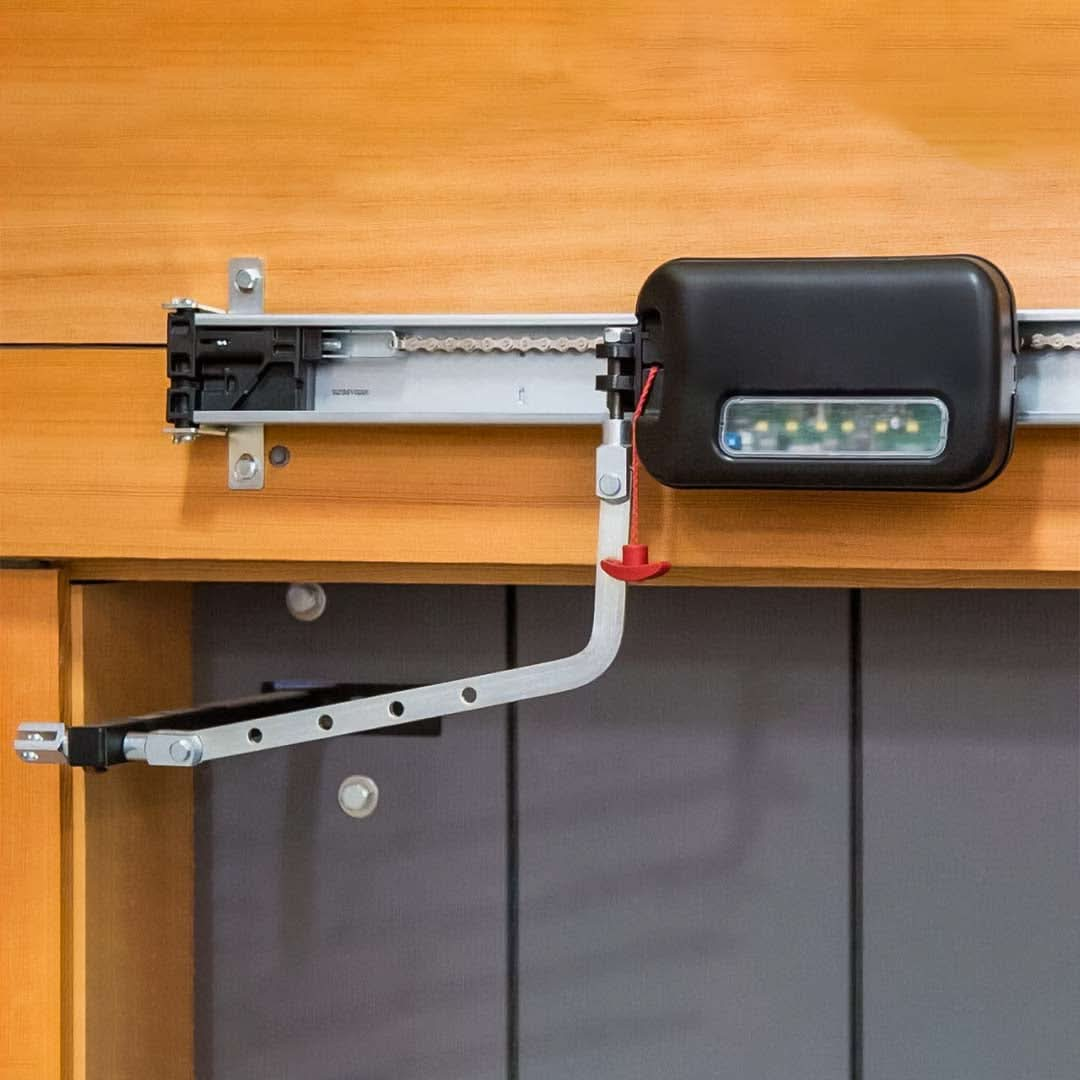





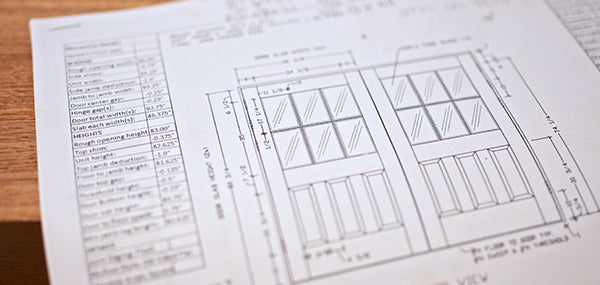
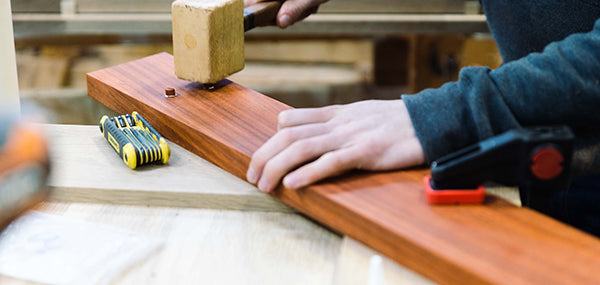

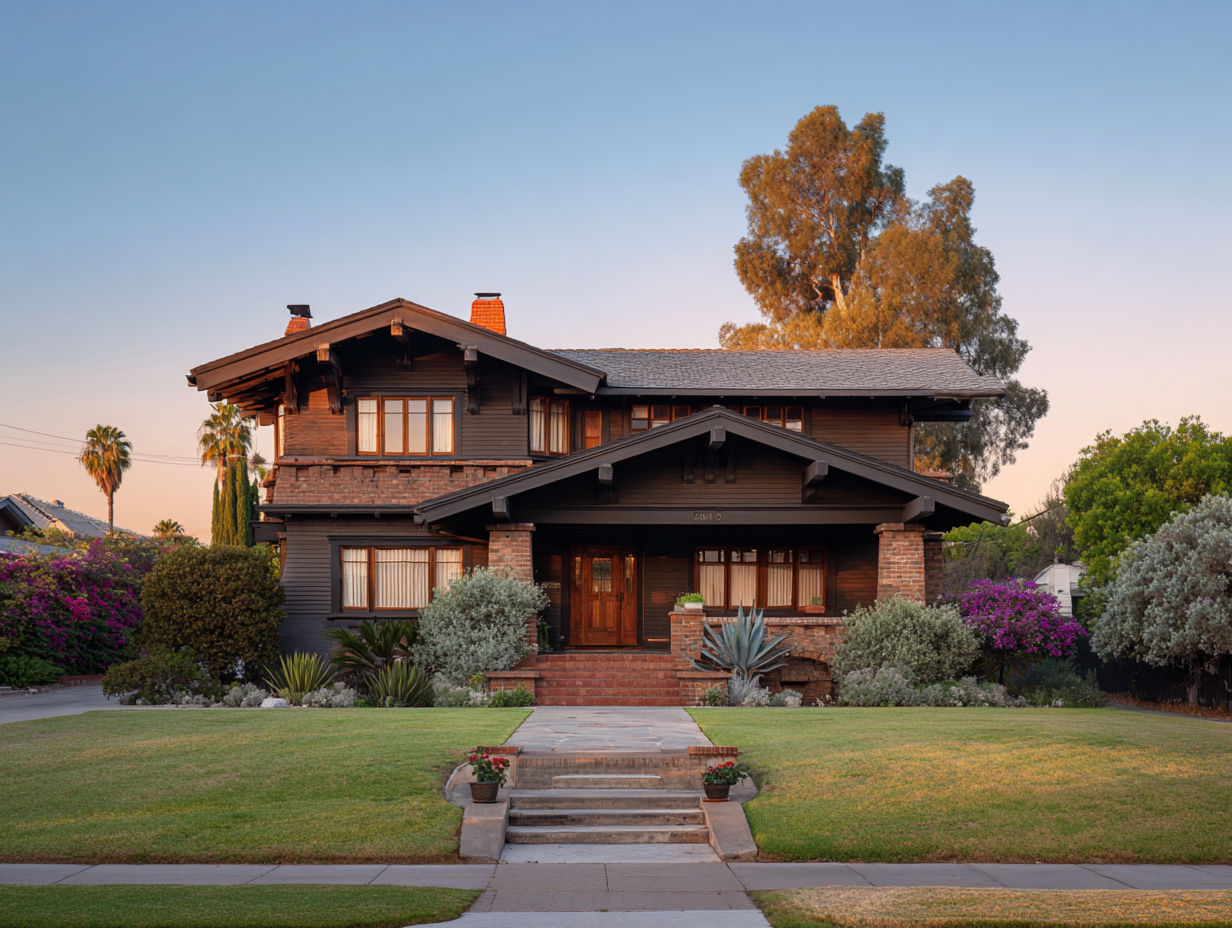
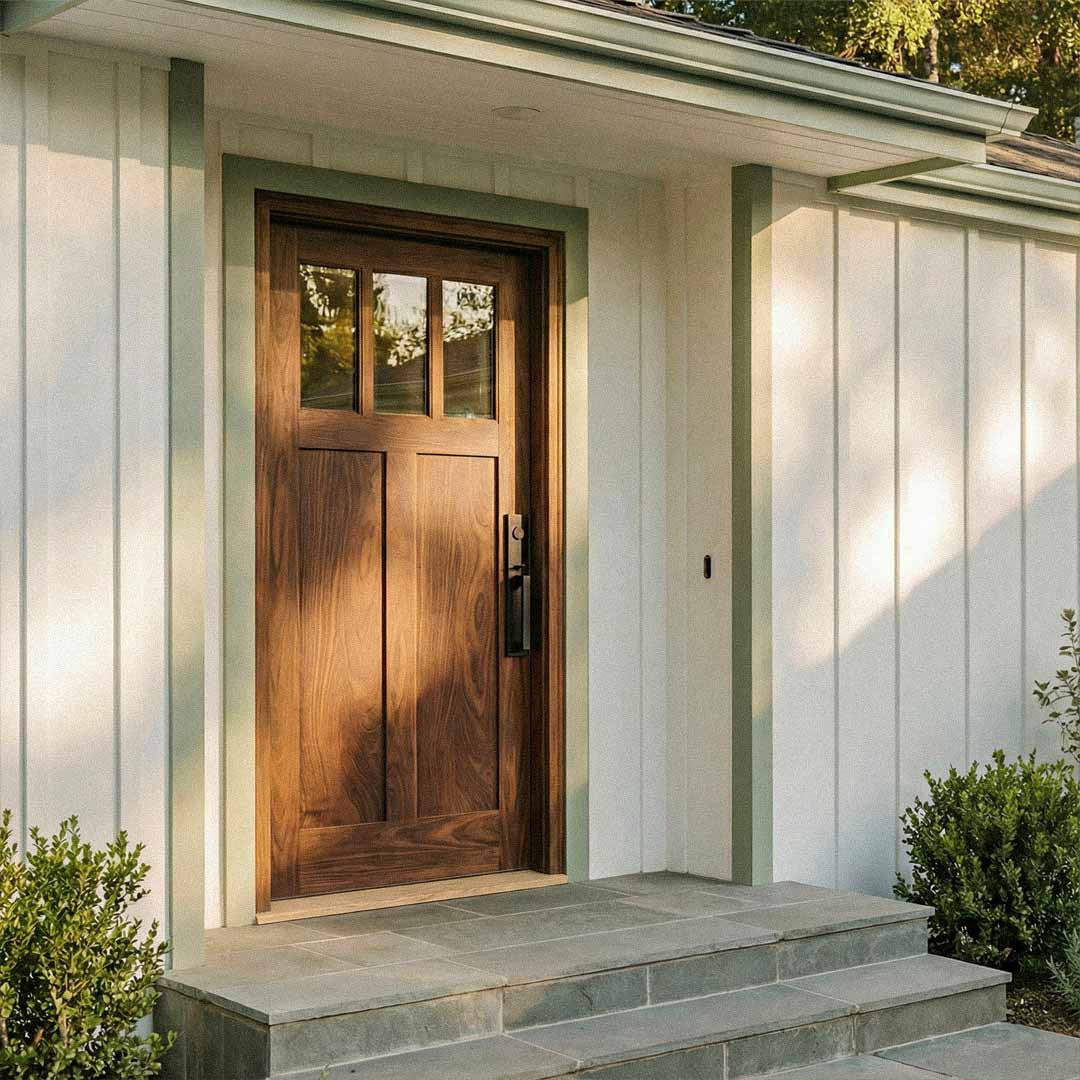
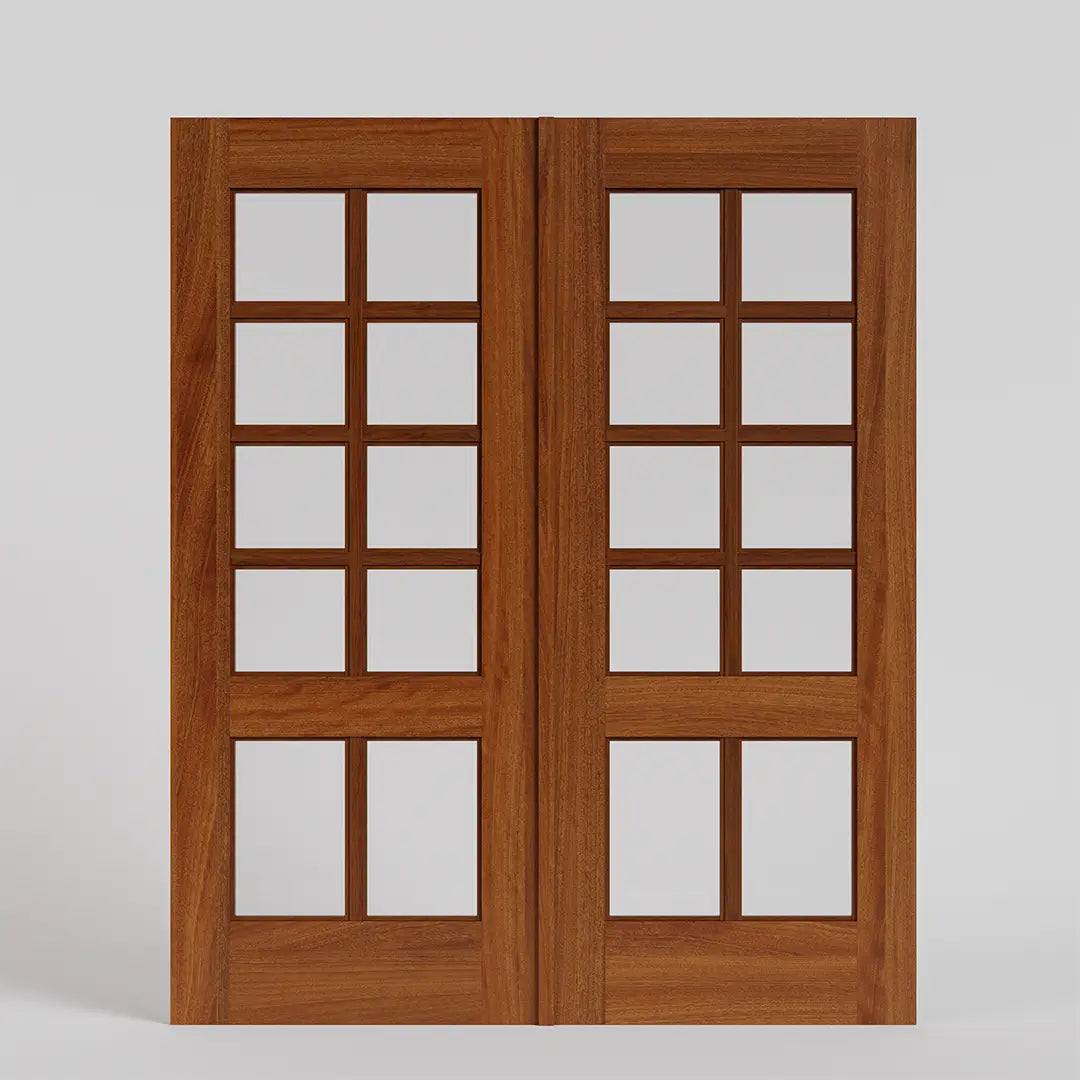
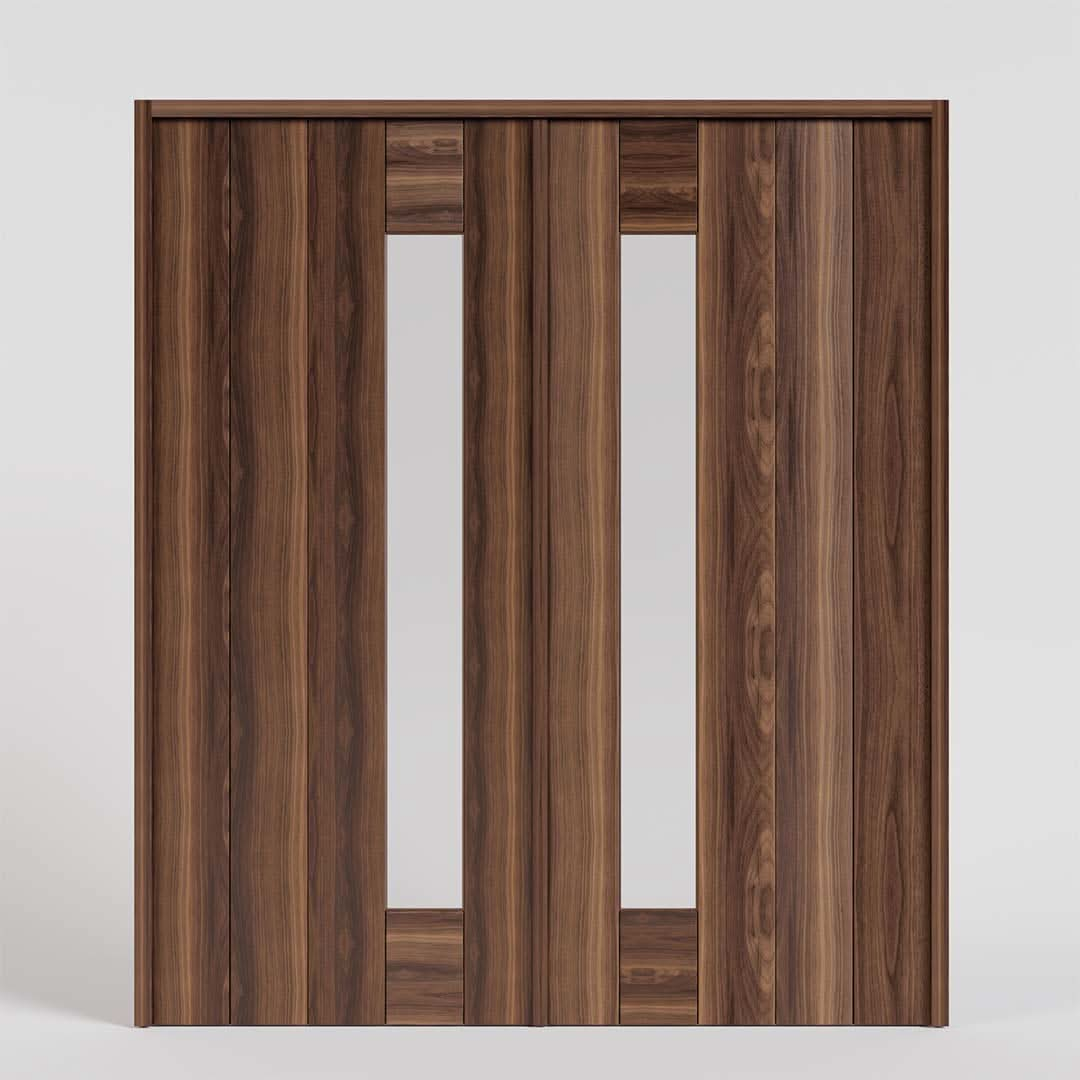
Leave a comment (all fields required)